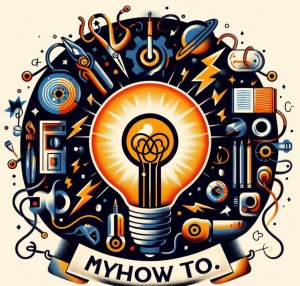What Is Electric Current?
Electric current, denoted as I, is the flow of charged particles (usually electrons) through a conductor. It’s the movement of these charges that powers our devices, lights up our homes, and drives technological advancements. Understanding current is essential for anyone interested in electrical engineering, physics, or even everyday electronics.

Electric Current: A Flow of Charged Particles
The Formula for Electric Current
The fundamental formula for electric current is:
I = Amount of Electricity / Time
Here’s what each term means:
- I: Electric current (measured in amperes, A)
- Amount of Electricity: The total charge passing through a point in the circuit (measured in coulombs, C)
- Time: The duration over which the charge flows (measured in seconds, s)
How Does Current Flow?
Imagine a water pipe: Water flows through it due to a pressure difference. Similarly, in an electric circuit, charged particles flow due to a voltage difference (potential difference). When you plug in your phone charger, electrons move from the negative terminal (cathode) to the positive terminal (anode) of the battery, creating an electric current.
Conductors and Insulators
Not all materials allow current to flow freely. Conductors (like copper, aluminum, and silver) have loosely bound electrons that can move easily. Insulators (such as rubber, plastic, and wood) prevent the flow of electrons. Semiconductors (like silicon) fall in between, with controlled conductivity.
Units and Measurements
- Current (I): Measured in amperes (A)
- Charge (Amount of Electricity): Measured in coulombs (C)
- Time: Measured in seconds (s)
Practical Applications
Electric current powers our lives:
- Household Appliances: From light bulbs to refrigerators, current flows through circuits to provide energy.
- Electronics: Your smartphone, laptop, and TV rely on current to function.
- Industrial Machinery: Factories use massive currents to operate heavy machinery.
- Transportation: Electric vehicles depend on current for propulsion.
Electric Current Calculator
Conclusion
Electric current is the heartbeat of modern civilization. Understanding its principles helps us design better circuits, improve energy efficiency, and innovate for a brighter future. So next time you flip a switch, remember the electrons dancing through the wires, bringing life to our world!
For more great how-to guides and tips, visit the MyHowTo.blog webpage and follow us on Twitter! Thank you for reading, and stay secure out there!
